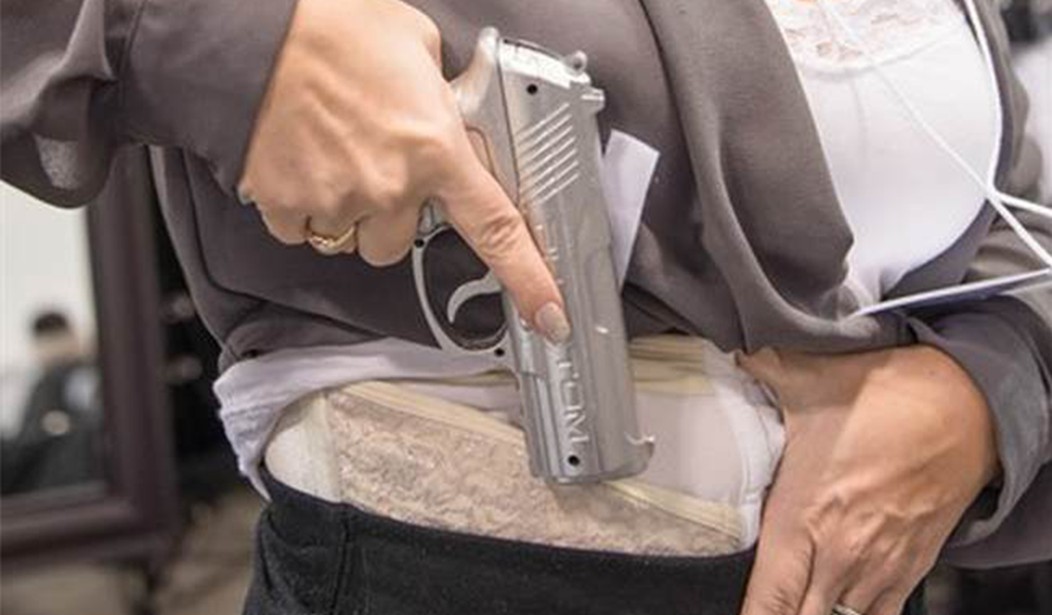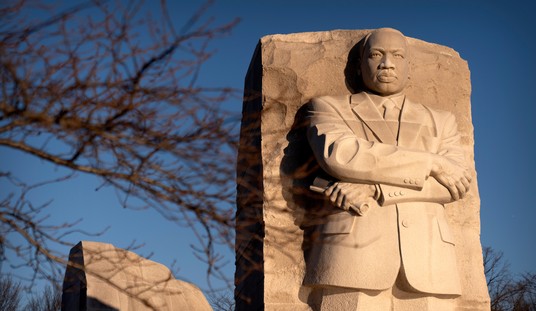Maryland’s “can’t carry anywhere” legislation will take effect on Sunday, but a federal judge has granted a preliminary injunction barring enforcement in at least some of the state’s new “gun-free zones.” U.S. District Judge George L. Russell III, appointed to the bench by Barack Obama in 2012, split the baby in his decision; allowing Maryland’s prohibitions on lawful carrying to remain in effect as they apply to museums, health care facilities, state parks and state forests, mass transit facilities, school grounds, government buildings, stadiums, racetracks, amusement parks, and casinos while granting an injunction against enforcement of the new law when it comes to establishments in which alcohol is served, public demonstrations, and (perhaps most importantly) all private property that is not specifically posted to allow concealed carry.
Even in granting the partial injunction, Russell couldn’t help but gripe about the Bruen decision, noting that under a means-end test he would have likely upheld the prohibition against carrying at or near public demonstrations.
The Court notes that it is obligated to question the constitutionality of Maryland’s restriction on carrying at public demonstrations because of Bruen’s narrow historical framework. If the Court were permitted to apply intermediate or even strict scrutiny to public demonstration restriction, the law would almost certainly pass constitutional muster, because it does not categorically ban all firearms at public demonstrations. Rather, it prohibits guns only in a narrow set of circumstances designed to promote public safety while preserving the right to bear arms. Even so, the Supreme Court has rejected this means-ends analysis, and this Court must conclude Kipke Plaintiffs are likely to succeed in their challenge of the public demonstration restriction.
Russell used a “more nuanced approach” (his words, not mine) to rule in favor of the state of Maryland on the constitutionality of several newly-created “gun free zones”, including the ban on public transportation. Though the plaintiffs rightfully pointed out that there are no historical analogues at either the time the Second or Fourteenth Amendments were ratified, Russell contends that public transportation networks barely existed during those time periods, allowing him to look beyond those specific settings for similar restrictions.
This approach indicates that mass transit facilities are sensitive places because they are analogous to both schools and government buildings. Like schools, mass transit facilities are crowded spaces that serve vulnerable populations like children and disabled people. Additionally, some mass transit facilities, such as bus, train, or subway stations, could also be categorized as government buildings, which are established sensitive places. The Court also notes that in providing transportation services, Maryland is a market participant, and thus it may have the ability to exclude firearms on its property, just as a private entity engaged in transportation services could.
As explained above, the Supreme Court has not provided guidance on the State’s powers as a proprietor or property owner in the context of the Second Amendment, and thus the Court relies on the identification of mass transit facilities as sensitive places in its determination that Plaintiffs are unlikely to succeed in their challenge of Maryland’s mass transit ban.
The problem with Russell’s conclusion is that, while the Supreme Court has indeed broadly included “government buildings” as places where guns can be banned, it has also clearly stated that the right to bear arms in public is protected by the Second Amendment. Barring users of public transportation from lawfully bringing their guns with them on a train or bus utterly obliterates that right. They might be able to carry until they get to the bus stop and after they exit the bus, but if they can’t also carry while they’re using public transportation then their right has been completely negated. If you’re lucky enough (or wealthy enough) to afford private transportation your right to carry from Point A to Point B is largely unfettered, but if you depend on public transportation to get around your rights have been rendered null and void.
One unexpected twist in Russell’s order is that he did not grant an immediate stay allowing the law to be enforced while the state appeals his decision. That means that unless the Fourth Circuit acts with unusual alacrity, the “gun-free zones” enjoined by Russell’s order will remain open to concealed carry holders even after the new carry law takes effect on Sunday. That’s good news for the tens of thousands of Maryland residents who’ve obtained a carry license since the state’s “may issue” laws were struck down by the Supreme Court in Bruen, but we have a long way to go before the right to keep and bear arms is fully recognized by either the federal courts or the state government.









Join the conversation as a VIP Member